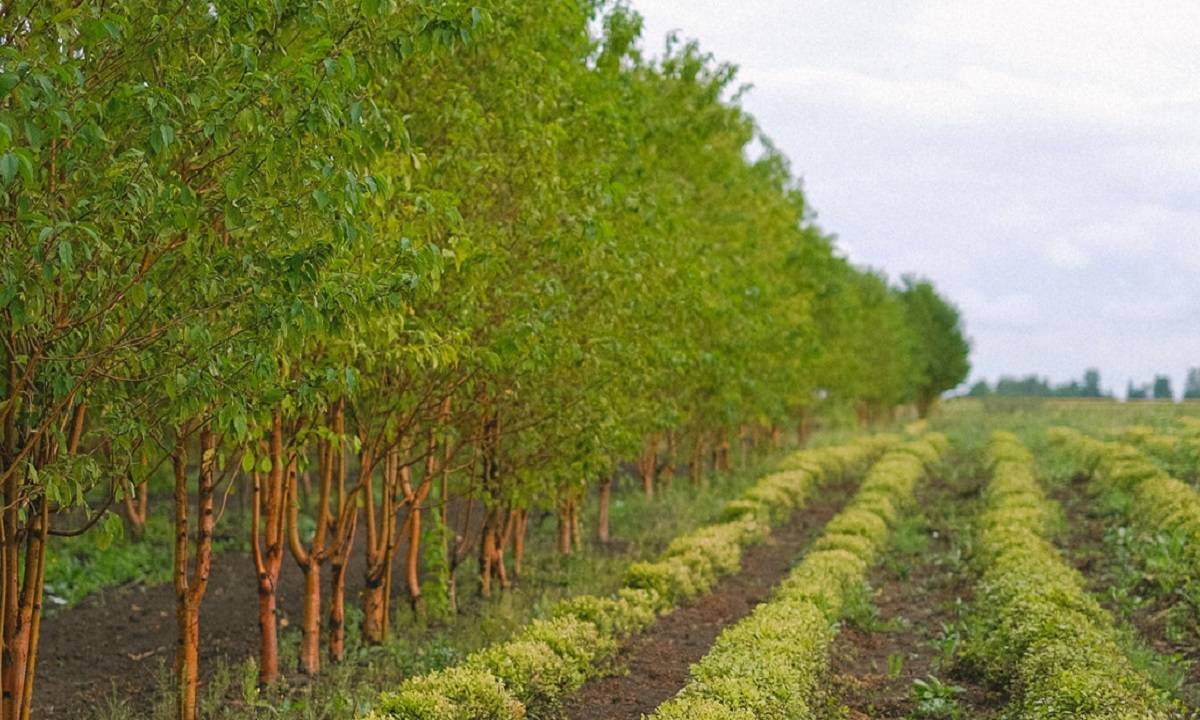
The National Agroforestry Policy of the Government of India defines agroforestry as “a land use system which integrates trees and shrubs on farmlands and rural landscapes to enhance productivity, profitability, diversity, and ecosystem sustainability. It is a dynamic, ecologically based, natural resource management system that, through the integration of woody perennials on farms and in the agricultural landscape, diversifies, and sustains production, and builds social institutions.”
Agroforestry is emerging in the domain of environmental services as it has the potential to mitigate climate change effects through microclimate moderation and natural resource conservation in the short run and through carbon sequestration in the long run. This system of agriculture also has the potential to address challenges of food, nutrition, environmental security, and employment through appropriate research interventions, incentives to agroforestry practitioners, and adequate investment.
7 Benefits of Agroforestry
Resilient and sustainable food production- Agroforestry tends to mimic natural ecosystems by letting biological systems cooperate and flourish. Not growing a single crop on large areas of land can lead to a rise in productivity as trees and plants find ways to interact and support each other symbiotically.
Agroforestry also reduces soil erosion as planting trees between crops helps bind the soil in place and stops it from washing away during heavy rain or strong wind. The complex root systems of the trees planted in agroforestry also help the soil retain water and prevent water to run off which pollutes ponds and rivers.
Economic benefits- Agroforestry practices on farmlands are estimated to bring significant financial gains to the farmer. For instance, agroforestry systems will increase the outputs of food, fuelwood, fodder, fertilizer, and timber. It reduces the incidence of total crop failure, which is common in monoculture and single-cropping systems. It also increases the farm’s income because of improved and sustained productivity.
Benefits soil health- In forests, trees and shrubs have a symbiotic relationship with soil microbes and fungi. In the case of agroforestry, the presence of trees and shrubs increases the quantity of complex organic matter present in the soil, and increases water retention, and nutrient availability either directly or through symbiosis with microbes and fungi.
Better agriculture yields- By improving soil physical properties and promoting nutrient recycling, appropriate agroforestry practices increase the yield and quality of the crops. Agroforestry practices also help in the generation and promotion of sustainable renewable biomass-based energy.
Lowers the input of agrochemicals- Agroforestry modifies the microclimate of farmland in a way that the soil naturally starts supporting a variety of crops and livestock. The shade provided by the trees helps suppress the growth of weeds and fallen leaves, branches, and twigs act as protective mulch in the intercropping system and even enrich the soil with nitrogen. Planting perennial trees provides long-term habitat for insects, birds, squirrels, and other small animals which helps control invasive pest populations.
Social benefits- Agroforestry practices have the potential to improve the living standards of rural homes by providing sustained employment and higher income. Crop yield produced by practicing agroforestry principles is more nutritious and healthier due to reduced reliance on agrochemicals and better quality of the soil. It also brings stability to farming communities as they no longer have to shift farm sites to perform farm activities.
Removes pollutants from the soil- The trees and shrubs planted in agroforestry systems have the ability to absorb pollutants from deeper soil layer due to their rich network of roots that can reach as low as the water table and prevents groundwater from becoming polluted from nutrients leaching.
















